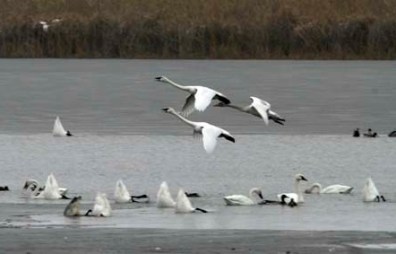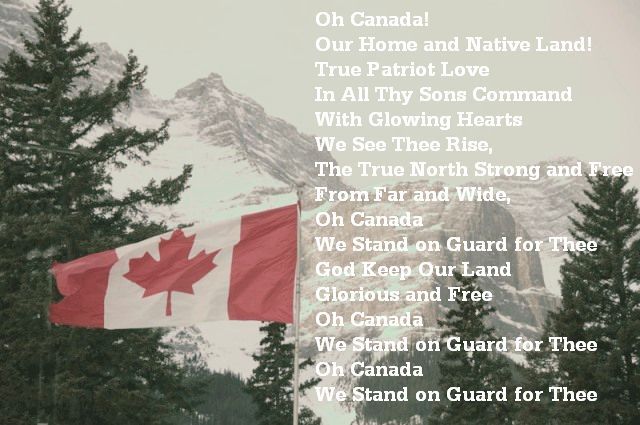- Home
- Scenic Hotspots
Canadian National Parks, Provincial Parks & Scenic Tourist Attractions
There are over 42 Canadian National Parks, including National Parks, National Park Reserves, National Marine Conservation Areas, and one Pingo National Landmark (in Northwest Territories). These national parks of Canada are located all across its provinces and territories.
Apart from the national parks, the National Park System also includes 157 National Historic Sites. Both the parks and the historic sites are operated by Parks Canada. There are also many Provincial Parks in Canada, but those are under the management of the provincial or territorial government in which they are located.

National Parks protect and preserve natural landscapes and natural phenomena which represent Canada's 39 natural regions. Canadian national parks range from mountains and plains, to boreal forests and tundra, to lakes and glaciers, and much more. National parks also protect the habitats, wildlife and ecosystem diversity representing the natural regions.
These parks are located all across Canada: in the Atlantic, Pacific and Arctic coasts, across the interior mountains and plains, Great Lakes, and as far north and south as Canada goes. Thanks to Parks Canada's management visitors can appreciate and enjoy these parks that offer breathtaking scenery and inspiring natural surroundings. The Canadian national parks are like a paradise for the human spirit, where it can reconnect with Mother Nature.
National parks reveal the natural beginnings of this beautiful country. If you pay attention, they tell stories of mountains forming, lakes emerging, rivers running, forests growing, glaciers moving, grasslands evolving. They even give an account of human history, from traditional Aboriginal activities, to early exploration, to European settlement, to modern use. These Canadian national parks also reveal ongoing natural processes, such as floods that replenish the soil, fires that start a process of renewal, and species that are migrating.
By visiting these parks, people get to connect with nature and with other people, while they also get to enjoy events that define Canada. Visitors have the opportunity to paddle down rivers that flow through canyons that were carved over thousands of years; they can observe migratory birds as they take a break from their travels along traditional migration routes; they can walk through vibrant young forests transformed by fire.
All these unforgettable experiences and the immense beauty of these Canadian national parks are drawing many tourists to Canada every year. Canadians are pretty proud of Canada's natural beauty, and these national parks are an integral part of Canada's identity as they represent the beauty and infinite variety of this blissful land.
Canada's first national park was Banff National Park (located in Calgary, Alberta, leading into British Columbia), which was established in 1885. Originally it was named Rocky Mountains National Park. The smallest national park in Canada is St. Lawrence Islands National Park at 9 sq. km (located in the Thousand Islands tourist hotspot in eastern Ontario, and part of the Canadian Shield), whereas the largest of all Canadian national parks is Wood Buffalo National Park at 44,807 sq. km (located between northwestern Alberta and southern Northwest Territories border).
In the following links, I will highlight some of Canada's most popular national parks and tourist hotspots, as well as a few of Canada's "hidden treasures" (open in a new window).
Since Banff was the first National Park of Canada, I'll
start with this immensely popular tourist attraction.
National Parks
Banff
Jasper
Fundy
Yoho
Grasslands
Wood Buffalo
Thousand Islands
Other attractions
Niagara Falls
Drumheller
Canadian Shield Attractions
Living in Canada can be a wonderful experience with the wildlife, healthcare system, and freedom of the people. Owning a Viking Yacht for sale can offer a tremendous experience while in Canada from fishing, cruising, and enjoying the waters that are home to so much diversity.







New! Comments
Have your say about what you just read! Leave me a comment in the box below.